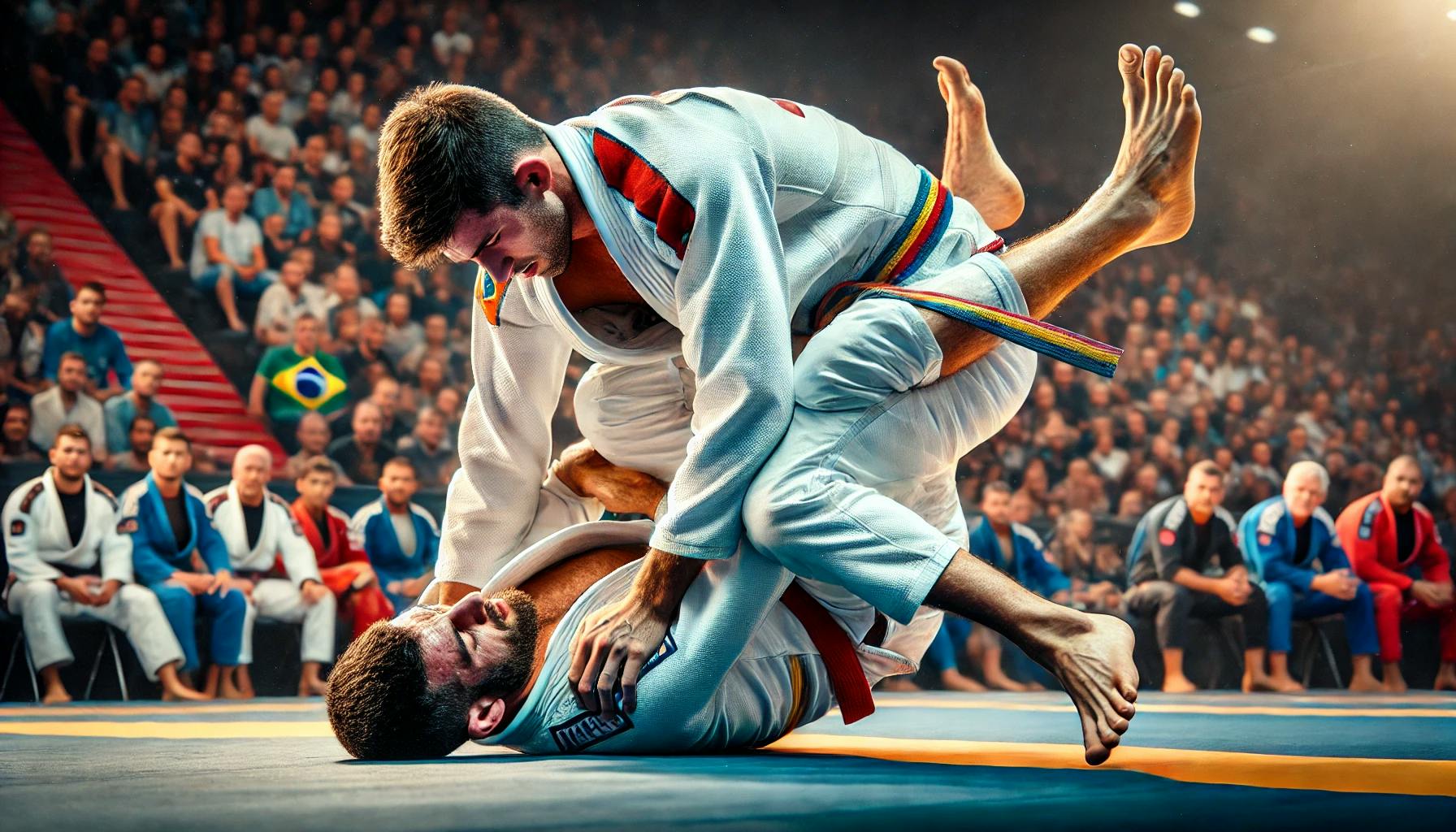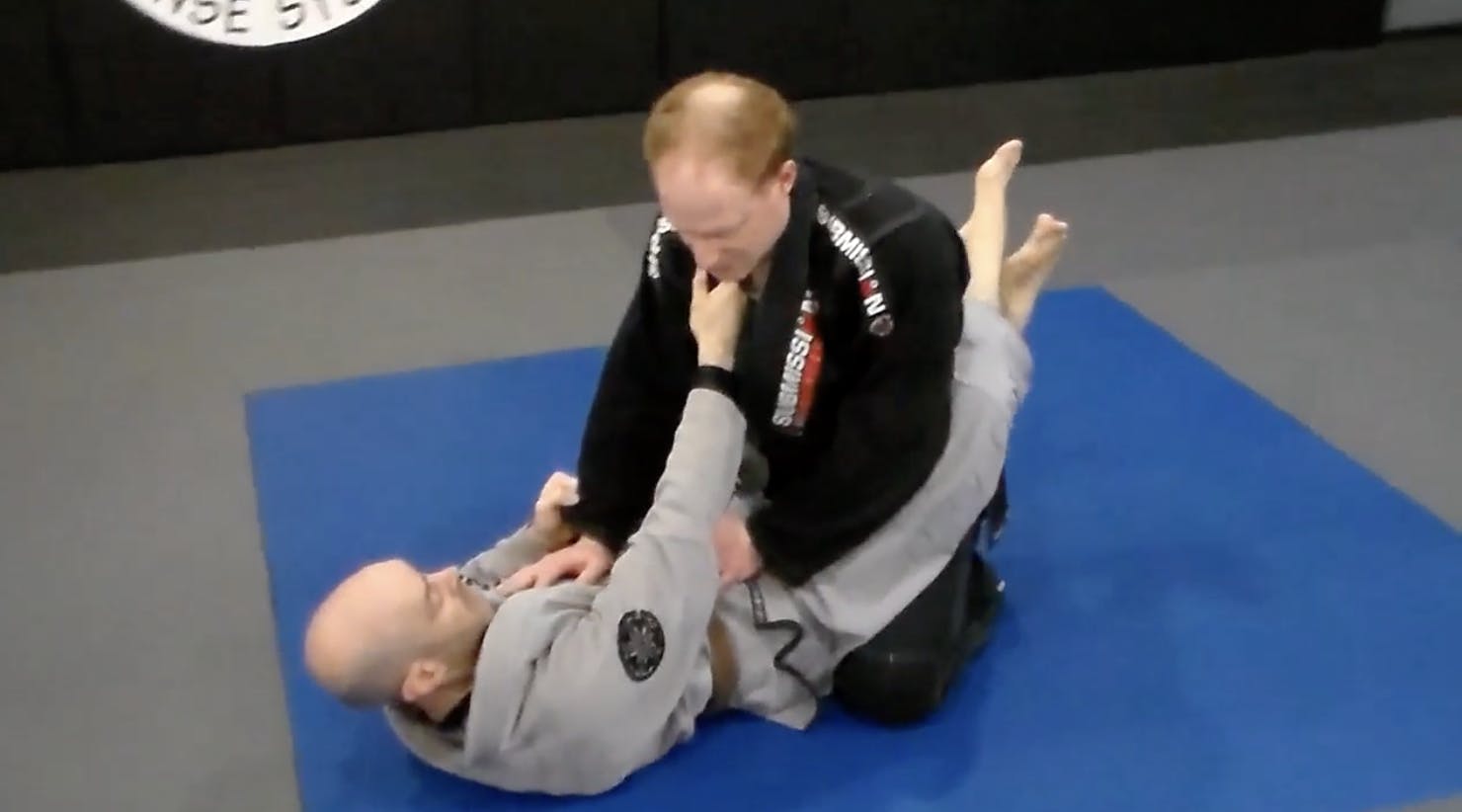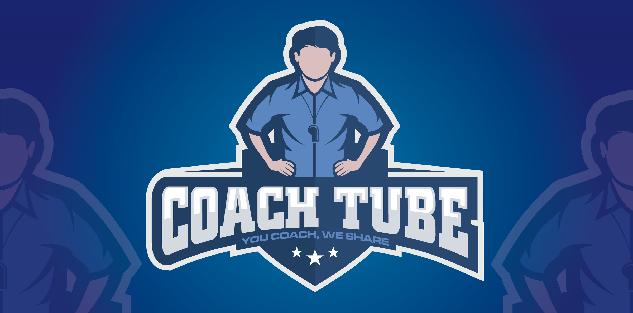Featured courses
- What Are Some Solo Muay Thai Drills by Owen Reilly
- Grappling v.s. Striking: Which is Better? by Owen Reilly
- What Are the Best Cardio Drills for MMA? by Owen Reilly
- Best BJJ Submissions for Beginners by Owen Reilly
- Guard Passing in MMA v.s. BJJ by Owen Reilly
- Developing An Effective Jab for MMA by Owen Reilly
- What are the Best Martial Arts for Self-Defense? by Owen Reily
- Learning the Guard for Brazilian Jiujitsu by Owen Reilly
- How to Teach Basic MMA Striking by Grant Young
- Three Basic MMA Techniques Everyone Should Learn by Grant Young

Learning the Guard for Brazilian Jiujitsu
- By Owen Reilly
One of the most important aspects of Brazilian jiujitsu (BJJ) is understanding and improving your guard. The guard is essential for defensive purposes on the bottom while also serving as a weapon to initiate offensive submissions or sweeps; but what is it?
The Guard: the guard refers to the stance that someone who is in the bottom position must take to prevent guard passes and offensive submissions. The guard position is usually taken because of a takedown from your opponent, however, many individuals choose to pull guard and immediately start the match by sitting down and attacking the opponent from the ground. The decision to remain standing or immediately pull guard should depend on your confidence in your guard and your opponent's skill level in the top position. The guard uses your legs and hips to control distance and keep the opponent in front of you.
Unfortunately, there are way too many specific guards and variations of those guards to cover in this blog. However, this blog will review and explain four of the most common types of guards that you will see across nearly every school and gym ranked in no particular order.
1. Closed Guard
By far the most fundamental and easiest guard to learn, the closed guard involves wrapping your legs around your opponent’s waist and locking your ankles together while minimizing the space allowed for your opponent to move and work out of the guard. This guard is great for controlling your opponent’s posture while allowing you to set up numerous submissions such as the triangle, arm bar, and kimura. This guard also provides options for multiple sweeps including the hip bump sweep and the scissor sweep. Controlling your opponent’s posture is one of the most important tasks when engaging an opponent in your closed guard. If your opponent can ‘posture up’ and create separation, holding on with your legs and maintaining your closed guard will become increasingly difficult.

2. Standard Open Guard
The open guard is significantly more fluid than the closed guard and is primarily used to control the distance and set up transitions, inversions, or submissions. This guard can also be used to set up other guards and sweeps. One of the variations of the open guard, the butterfly guard, is also discussed in this blog, however, numerous other types of open guards including the de la riva guard, the spider guard, and the grasshopper guard are set up using the standard open guard and provide BJJ athletes with various methods to find submissions based on their skill set. Opponents will likely use leg pummels, leg drags, and various other guard passing techniques to avoid the closed guard and immediately pass into side control. Keeping your opponent in front of you and defending your opponent's open guard passing techniques are crucial to avoid being controlled and submitted.
3. Half Guard
The half-guard arises after an opponent on top can clear one of the legs and move past the initial guard. The main goal of the bottom man in half guard should be to re-establish some form of a guard or to wrestle and stand up. Knee shields and ‘frames’ (using your hands to create space) are two primary defenses for the man on bottom. The top man attempting to move into side control or mount should attempt to flatten you out and free their final leg; your job on the bottom is to prevent that from happening and create space to move and recover your guard. This is an extremely common position that almost every BJJ athlete will find themselves in at one point or another and it is crucial to remain calm and avoid letting your opponent advance your half guard.
4. Butterfly Guard
The butterfly guard is a specific type of open guard that involves using your legs and feet as hooks and placing them under your opponent's thighs to off-balance your opponent. Numerous sweeps can be accomplished from this position, however, these sweeps do require precise timing as this guard relies on using leverage and your open momentum against them. This guard is vulnerable, however, to pressure passing. Opponents on top should seek to use their weight to flatten their opponents while trapping their legs under them. On the bottom, you should attempt to sweep your opponent and prevent being flattened out by the top man. Elevating your opponent takes away their base and allows you to adjust them mid-air to go for sweeps, leg lock entries, or just to create space to wrestle up.
Choosing the right guard is heavily dependent on individual matches, body types, flexibility levels, and personal preference. These are four of the most common guards you will learn and encounter when rolling and each provides a strong base to improve and expand upon. To better your guard abilities, work on fundamentals, drill transitions between guards, and continue to study the small intricacies of each guard. A good guard game is essential for a well-rounded jiujitsu athlete and is extremely necessary when rolling against an opponent with better wrestling than yourself. Click the link below to check out our BJJ course that reviews these guards and more!
https://coachtube.com/course/martial-arts/s-l-a-p-bjj-%e2%80%93-white-to-blue-belt-pro-pack/345998

